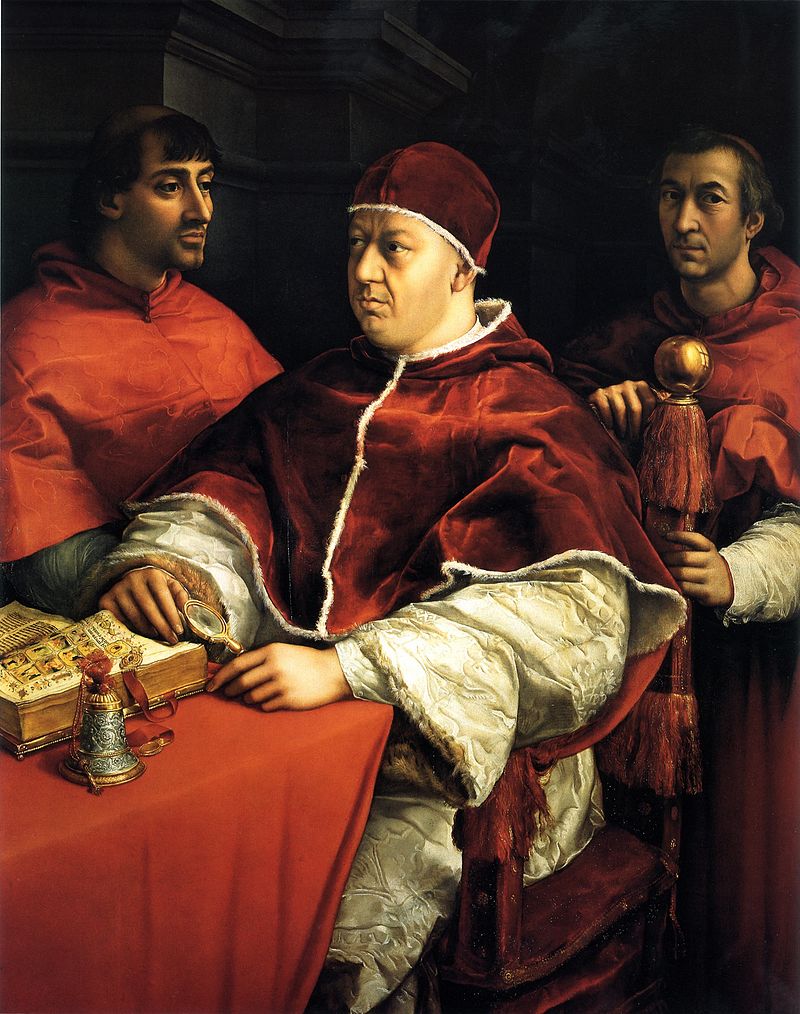Le ragazze della Bauhaus
Abstract
L'articolo esamina il ruolo delle donne nella celebre scuola fondata a Weimar da Walter Gropius (1883 - 1969), restituendo loro una maggiore centralità nella vita della Bauhaus
Riferimenti bibliografici
Argan C. G. (1970), L’arte moderna 1770/1970, Firenze: Sansoni.
Baumhoff A. (2001), The gendered world of Bauhaus. the politics of power at the Weimar Republic's premier art institute, 1919-1932, Frankfurt am Main: Peter Lang.
Bergdoll B., Dickerman L. (2009) [ed.], Bauhaus 1919-1933: Workshops for Modernity, New York: The Museum of Modern Art.
Borrelli-Personn L. (2017), The Space Age Designer Making a Big Comeback All Over the Fall Runways, Vogue.
Boyaki A. (2010), Buscher-Siedhoff: An Examination of Children’s Design and Gender at the Bauhaus During the Weimar Period, PhD Thesys, Texas Tech University: USA.
Carugati D. G. (2003), Design, Milano: Mondadori Electa (₌ Arte. XX secolo).
Droste M. (2015), Bauhaus Archiv 1919 - 1933, Köln: Taschen.
Espegel C. (2018), Women Architects in the Modern Movement, London: Routledge.
Frampton K. (1986), Modernism and Tradition in the Work of Mies van der Rohe 1920 – 1968, in Mies reconsidered: his career, legacy, and disciples, Zukowsky J. [ed.], Chicago: Art Institute of Chicago; New York: Rizzoli International Publications, 35-53.
Günther S., (1988), Lilly Reich, 1885-1947: Innenarchitektin, Designering, Ausstellungsgestalterin, Stuttgart: Deutsche Verlags-Anstalt.
Hochman E. S. (1989), Architects of Fortune: Mies van der Rohe and the Third Reich, New York: Weidenfeld & Nicolson.
Johnson P. (1953), Mies van der Rohe, New York: The Museum of Modern Art.
Knigge V., Stein H., Bräu R., Seeger A., Stein S. (2009), Franz Ehrlich: Ein Bauhäusler in Widerstand und Konzentrationslager, Weimar: Stiftung Buchenwald e Mittelbau-Dora Memorials.
Kollwitz H. (1955), The Diaries and Letters of Kaethe Kollwitz, Chicago: Henry Regnery Company.
Lange C. (2006), Ludwig Mies Van Der Rohe & Lilly Reich: Furniture and Interiors, Berlin: Hatje Cantz Verlag.
Matthewson G. (1994), Sex, lies and the Barcelona Pavillion, MA in Architecture, University of East London: United Kingdom.
McQuaid M. (1996), Lilly Reich: Designer and Architect, New York: Museum of Modern Art – distributed by Harry N. Abrams.
Müller U. (2009), Bauhaus Women, art, handicraft, design, Paris: Flammarion; London: Thames & Hudson.
Müller U. (2014), Bauhaus-Frauen, Meisterinnen in Kunst, Handwerk und Design, München: Elisabeth Sandmann Verlag.
Neumann E. (1971), Bauhaus und Bauhäusler, Ostfildern: Hallwag.
Otto E., Rössler P. (2019a), Bauhaus women, a global perspective, London: Herbert Press.
Otto E., Rössler P. (2019b), Frauen am Bauhaus: Wegweisende Künstlerinnen der Moderne, München: Knesebeck Von Dem GmbH.
Radewaldt I., Stadler M., Thöner W. (1997), Gunta Stölzl. Meisterin am Bauhaus Dessau. Textilien, Textilentwürfe und freie Arbeiten, 1915-1983, Ostfildern-Ruit: Verlag Gerd Hatje; Dessau: Stiftung Bauhaus.
Rössler P. (2019), Bauhaus mädels. A tribute to pioneering women artists, Köln: Taschen.
Rotzler W., Itten J. (1972), Werke und Schriften, Zurich: Orell Füssli.
Schaefer J. O. (1994), Kollwitz in America: A Study of Reception, 1900-1960, Woman's Art Journal, Volume 15 – Numero 1, 29-34.
Sellers L. (2017), Women design, London Frances: Lincoln.
Siedhoff-Buscher A. (1924), Kind Märchen Spiel Spielzeug, Junge Menschen Volume 5 – Numero 8, 189.
Sienbenbrodt M., Schöbe L. (2009), Bauhaus 1919-1933, Weimer, Dessau, Berlin, New York, USA: Parkstone Press International.
Sudhalter A. (2009), 14 years Bauhaus: a chronicle, in Bauhaus 1919-1933: Workshops for Modernity, Bergdoll B., Dickerman L. [ed.], New York: The Museum of Modern Art, 322-337.
Wauschkuhn A., Torspecken E., Lösel R. (2002), Textildesign. Voysey, Endell, Berger, Berlin: Ebersbach.
Weber K. (1992) [ed.], Die Metallwerkstatt am Bauhaus. Katalog zur Ausstellung am Bauhaus-Archiv Berlin, Berlin: Kupfergraben.
Weber N. F. (1998), Josef und Anni Albers. Europa und Amerika. Künstlerpaare, Künstlerfreunde, Köln: DuMont.
Wick R. (1985) [ed.], Ist die Bauhaus-Pädagogik aktuell?, Köln: Buchhandlung Walther König.
Zukowsky J. (1986) [ed.], Mies reconsidered: his career, legacy, and disciples, Chicago: Art Institute of Chicago; New York: Rizzoli International Publications.
Sitografia
Alma Siedhoff-Buscher, https://www.bauhaus100.com/the-bauhaus/people/students/alma-siedhoff-buscher/, web (ultimo accesso 05/10/2019).
Charlotte Mentzel, https://convoi77.org/en/deporte_bio/mentzel-charlotte/, web (ultimo accesso 05/10/2019).
Classes by Gertrud Grunow, https://www.bauhaus100.com/the-bauhaus/training/curriculum/classes-by-gertrud-grunow/, web (ultimo accesso 05/10/2019).
Irene Hoffmann, https://www.moma.org/interactives/objectphoto/artists/24457.html#chronology, web (ultimo accesso 05/10/2019).
Marni Muir (2014), Alma Butcher Siedhoff The influence of The De Stijl School of Art and Thought on her work at The Bauhaus, https://www.academia.edu/20363463/Alma_Siedhoff-Buscher, web (ultimo accesso 05/10/2019).
Veit R. (2016), Lilly Reich Was More Than Mies’s Collaborator Five things you probably didn’t know about the German modernist designer, https://www.core77.com/posts/55200/Lilly-Reich-Was-More-Than-Miess-Collaborator.
Gli autori che pubblicano su questa rivista accettano le seguenti condizioni:
Gli autori mantengono i diritti sulla loro opera e cedono alla rivista il diritto di prima pubblicazione dell'opera, contemporaneamente licenziata sotto una Licenza Creative Commons - Attribuzione - Non opere derivate 4.0 Internazionale che permette ad altri di condividere l'opera indicando la paternità intellettuale e la prima pubblicazione su questa rivista.
Gli autori possono aderire ad altri accordi di licenza non esclusiva per la distribuzione della versione dell'opera pubblicata (es. depositarla in un archivio istituzionale o pubblicarla in una monografia), a patto di indicare che la prima pubblicazione è avvenuta su questa rivista.
Gli autori possono diffondere la loro opera online (es. in repository istituzionali o nel loro sito web) prima e durante il processo di submission, poiché può portare a scambi produttivi e aumentare le citazioni dell'opera pubblicata (Vedi The Effect of Open Access).









.png)

